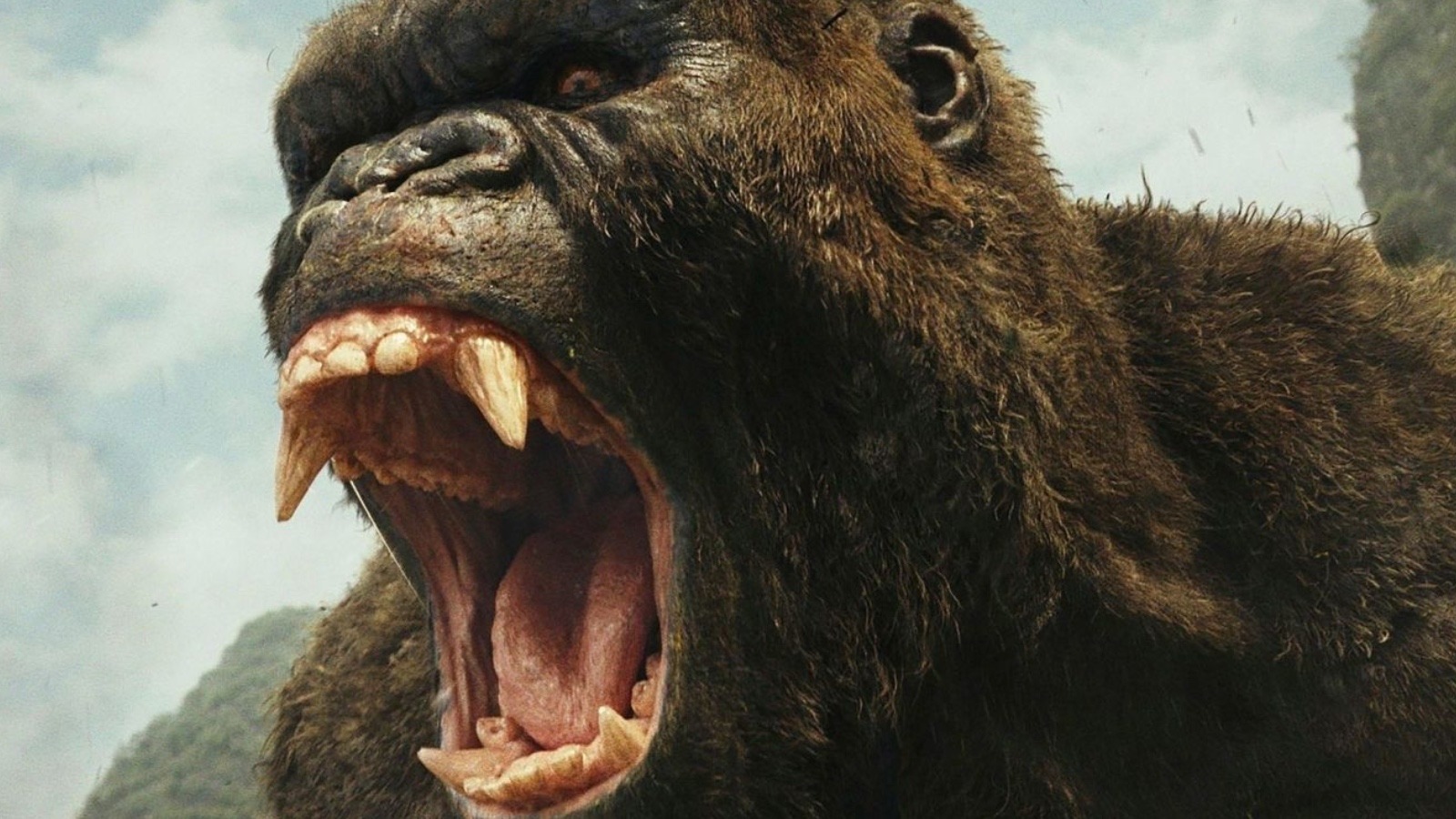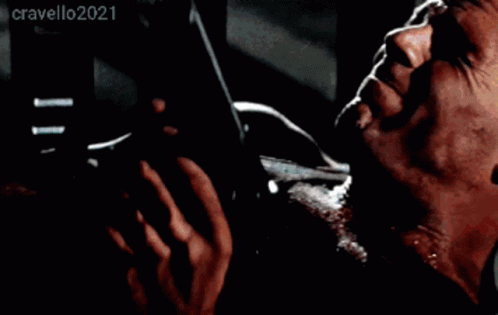Our workplaces have a masculinity bias
Summary
The world of work suffers from a masculinity bias. We unwittingly prefer and promote toxic male characteristics, to the detriment of diversity in the workplace. In this article I discuss a few behavioural anti-patterns. Since this post is part flippant and part serious, I’m choosing not to add a complete summary. I’ll leave you to read on.
(A version of this post originally appeared on my LinkedIn feed)

King Kong is one of Hollywood’s most featured fantasy characters. You’d have to be living under a rock to not know of him. He looks like a gorilla, but he’s hardly the calm kind that you’ll see in Central Africa. He’s big, he’s strong, he’s aggressive, he’s relentless. Be it the onslaught of the skull-crawlers or Godzilla - Kong just doesn’t give up. You think he’s outnumbered, but he’s not. You think he’s huge, but he’s just getting bigger. He’s reclusive but he also saves the damsel in distress. King Kong is your ultimate male. Or is he more representative of the characteristics we prize in people?
It’ll be international women’s day in a couple of weeks. The occasion is an excellent opportunity to reflect on the norms we’ve created around ourselves and the biases that drive them. The IT industry and the world of work at large is a symbolises systemic inequities we must correct. One dimension of looking at it is representation. So yes, we need more women and sexual minorities in the workplace - no question.
On the other hand, we must examine if the attitude of our workplace truly represents diversity. You see, none of us are all masculine or all feminine. Most of us sit somewhere in the middle of this imaginary attitudinal spectrum where we combine these behaviours - some masculine, some feminine. I argue that in the world of work today, we have a rather masculine attitude. This post expands on that theory of mine and to make my point, let me lay out these syndromes of masculinity that you may recognise as well.
The size measuring contest

I’m sorry if this syndrome has a more graphic title than you’ll appreciate, but there’s no other way to put it. Look all around the animal world and you’ll notice that for most males, size is everything. The lion with the bigger mane, the elephant with the bigger tusks, the deer with the more magnificent antlers and of course the man with the bigger, errm… biceps. Sure, there are notable exceptions, but in the man-sphere, size almost always matters. There’s a reason Kong is huge, you know!
This “lionising” of size makes us celebrate all things “big” at work. Who has the biggest plate of work? Who works the longest? Who manages the most people? Who owns the most revenue? The list goes on. We measure success by size. We equate happiness with that success. Guess what? Doing more things doesn’t mean doing more things better. Working longer doesn’t mean you’re more effective. Managing more people doesn’t mean you’re good at it. The Peter principle predicts that most bosses aren’t great at being bosses. Go figure. Why then, are we in this masculine size measuring contest? Let’s chew on that for a bit.
The chest thumping gorilla

“Making your presence felt” - it’s a term I love to hate. I’d rather make space to spotlight others. Then again, I work in consulting and we consultants prize “presence”. There’s a definite bias towards characteristics such as “thinking on your feet”, “speaking up”, “being right”. As a result we sideline those who feel less inclined to be the first or the loudest voices in the room. As we grow in position and power, we often look at “being wrong” as “being weak”. And with the emphasis on “thinking on your feet”, we overvalue snap judgments and shallow thinking while devaluing deep analysis and reflection.
While there’s a place for “charisma” in leadership and in many other spheres of work, we’ve learned that it invariably creates a halo bias to shroud many shortcomings. The chest thumping gorilla that makes his presence felt is magnificent, no doubt. The question is - would you want to be blindsided by that display?
All go, no quit

Winners don’t quit. Quitters don’t win. Bloody hell, Kong doesn’t quit. Rocky Balboa doesn’t quit. Michael Jordan never quit. Quitters are weak. Or so goes the myth we perpetuate in the workplace. Guess what happens next? Work piles up beyond your capacity? “Man up”, and just do it. Can’t deal with the stress of it all? Meh, is “mental health” even a real thing? Working late nights and weekends? Well, embrace the hustle, will you?
The best part is that many of us don’t just seek pressure, we create pressure. Remember the “size measuring contest” that made us take too much on our plate? Now that we’ve signed up for it, we cascade work down to people who report to us. Why not? When will they learn the art of the death march?
I know I make this sound worse than it really is in most places, but I hope the drama helps make the point. Every human being has their cognitive limits and there’s a real limit to how much high quality work one can handle in a finite duration of time. If we don’t create the safety for people to say they’re in over their heads, we perpetuate a toxic environment that leads to burnout. Before you know it, you’re in a burnout cascade.
Macho-er than thou
Aside from being tough, Kong is capable of some incredible feats. Attacked by a dozen helicopters? No problem, he makes short work of them. Burnt by a flame explosion? Meh, he just walks it off eventually. Faced by the monstrous lizard Ramarak? Kong just pulls out his guts! From John Mclane (Die Hard) to Rambo we love the macho, bad-ass hero who can do things that “other”, lesser mortals can’t.
This translates in the workplace to a disregard for diligence, decision hygiene, process and basic common sense. For example, “I’m so macho, that I don’t need a checklist to tell me how to do my job.” Though there’s enough theory, research and evidence in favour of doing so. Similarly, we see people getting into meetings with little or no prep, because they can just “wing it”. You can’t prepare to be brilliant, can you? The most pernicious impact of this however, is that we end up building a ‘hero-culture’, where we try to find one person to thank or one person to solve a wicked problem. That by itself is at odds with what most organisations claim they want to do - build great teams. Incidentally, King Kong and his kind don’t work in a team. There might be a good reason for that.
I’m sure if you indulge my thought process, we might come up with several other such “masculine” tendencies we all show in the workplace. The point of this post isn’t to be exhaustive, as much as it’s to raise cognizance of these behaviours. I repeat - it’s not just men who have tendencies. While we’re the usual suspects, we’re hardly the only ones guilty. On IWD 2023, as we renew our pledges to create inclusive workplaces, I hope we can also pause and examine the masculinity bias we’ve normalised. Maybe some of that is necessary, but maybe we can balance it with a bit more femininity as well.


